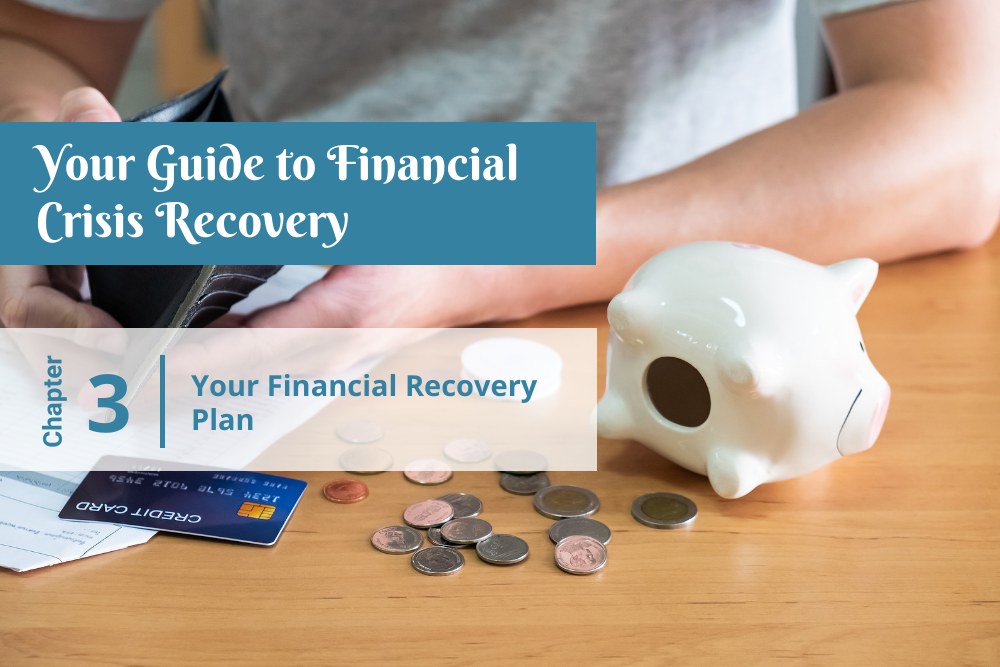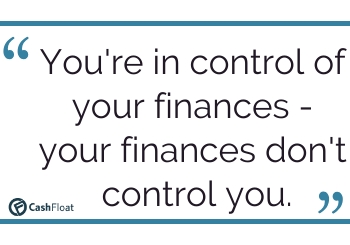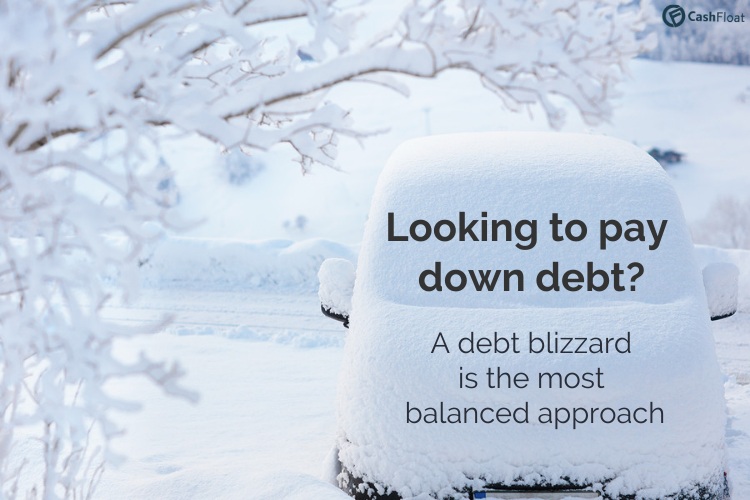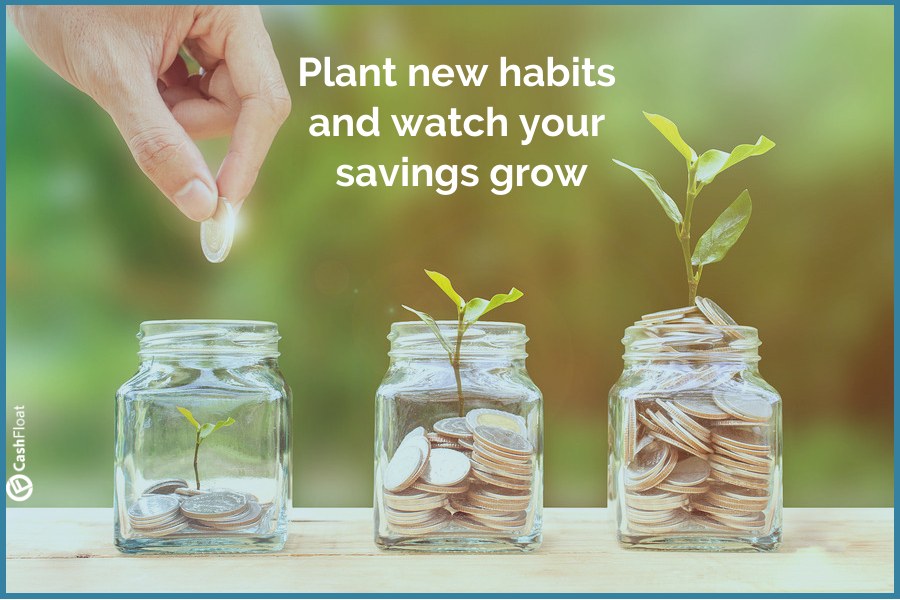The Complete Guide to Financial Crisis Recovery – Chapter 3
So you’ve assessed your current situation and made yourself some solid goals. But how will you get from Point A to Point B? Discover how to make a monthly financial recovery plan that will get you and your money where you want to go.

What’s the Point of a Financial Recovery Plan?
You’ve identified the problems in your finances, and you know where you’d like to be, but how are you going to reach your goals? Your economic reality can seem very far away from that exotic cruise in your mind’s eye.
Enter your financial recovery plan. Here, you will come up with practical ways to up your income, reduce expenses, pay off debt and increase your savings. This is the roadmap you will use day-by-day to chip away at debt, build savings, and achieve your goals.
Sticking to your financial recovery plan means you’ll be spending your money wisely and mindfully every day. You’ll be in charge of your finances – your finances won’t control you. Your plan will help keep you focused on and accountable for your money end-game – and believe us, the results are worth it.


So How Do you Make a Financial Recovery Plan?
Creating your plan is pretty simple, just take a pen and paper (or laptap, tablet, or phone) and find a quiet space where you’ll be able to concentrate. Print or download the financial recovery plan worksheet, and take out to the financial health checkup worksheet you completed in Chapter 3. (If you didn’t fill it in yet, do it now!)
Step 1: Increasing Income
Copy over your monthly income from your financial health checkup. Now, write down at least one step you will take to increase your earnings. Here are a few ideas:
- Take on a side job or find gig work.
- Do you need to look for a new job? Read our full guide on job hunting, so you enter the market at an advantage
- Maybe you have a hobby you can turn into income, like selling hand-knitted baby jumpers on a craft site like Etsy or selling your photos online.
- Get paid to test software on sites like UserTesting or to answer survey questions on sites like Swagbucks.
- Sell clothing you no longer wear on sites like Depop and ebay.
These are not the only ways to earn extra cash – get creative and find a way to turn your spare time, possessions, or talents into pounds. The more money you bring in, the faster you will be able to pay off debt and attain your goals.

Step 2: Decreasing Expenses
Look at your current monthly expenses and identify areas you think you can cut down costs. Write down your new spending goal for that category. Next to your new monthly budget, write down your plan of how to meet your new goal. For example: I used to spend £25 per month on broadband TV. Now I’m going to compare online streaming services and switch to spend up to £13 per month.
Decrease your spending with simple habit changes, like switching to off-brand grocery and household items and eating home-cooked food rather than takeaway (more ideas coming in Chapters 9 and 10). Small things like this will save you a few pounds here and there, and those add up quickly. At the end of the month, record how much you actually spent. This will help you refine and adjust your budget for the future (more on that in Chapter 7).

Step 3: Paying Down Debt
Now it’s time to plan how you’ll start repaying your debts. Copy over (or write down) the creditor’s name, the total amount you owe, the interest rate, and the monthly payment. You can now organise your debts in one of three ways:
- Debt Snowball– List your debts from lowest balance to highest and prioritise your repayments accordingly. This method is the most emotionally rewarding as you’ll eliminate creditors and make progress quickly.
- Debt Avalanche– List your debts from highest to lowest interest rate and tackle them in that order. This is the most economically sound plan of action, as you will eliminate your most expensive debts first. However, it can be challenging to keep up your motivation if you’re paying off a large debt with a high interest rate since it can take a while to see progress.
- Debt Blizzard– This is a mixture of the snowball and blizzard methods. You start by paying off a couple of smaller debts which can boost your motivation, and then tackle the larger debts, highest-interest-rate first. This method is useful as it gives a balanced approach towards debt repayments.

The method you choose to repay your debts is up to you- there is no single best solution for everybody. The right recovery plan for you will depend on the nature of your debts and being emotionally honest with yourself. If you think that the debt avalanche will be depressing and cause you to give up, then try out the snowball method. However, if you think you can stick it out, then try out the debt avalanche. Alternatively, you can try the debt blizzard for a mixture of both approaches. After a couple of months, if it’s really not working for you, you can reassess and consider switching tactics.
Go back to the financial health checkup worksheet again and take a look at your current assets. You may choose to cash in on the value of some antiques, jewellery or collectibles as part of repaying your debts. You might consider refinancing a mortgage or selling property to use towards ridding yourself of debt. These are very personal decisions and you should consider your options carefully before choosing this route. If you do choose to include this as part of your financial recovery plan, jot it down on your worksheet.
Staying Motivated
The biggest mistake you can make in your financial recovery plan is to concentrate exclusively on paying off debt. This is a quick road to feeling depressed, unfulfilled, and ready to give up. Freeing yourself from debt can be an emotional process, and it’s important to validate those feelings and make sure you feel good about the process. If you feel that this process is positive and rewarding, that is the surest way to succeed in the long term.
When you’re tackling debt, balance is key. While it’s nice to see your credit card balance going down, it’s more emotionally rewarding to watch your savings pile up. So make sure to balance getting rid of debt with something rewarding. For example, after you pay off £500 in credit card debt, then put £50 in savings.
Step 4: Building Savings
The final step in your financial recovery plan is deciding on an amount to put away in savings each month. In the beginning, the amount itself is not as important as strengthening your “saving muscles.” Building the habit of saving is a skill that is integral to financial independence. Training yourself to save money every month will allow you to create an emergency fund as well as amass a nest egg for buying a home, an exotic holiday, or retirement.
- You may want to consider opening a government Individual Savings Account (ISA) to help you save up money tax-free.
- You can use a Lifetime ISA to help save money towards your first home or for later in life.
- If you have a low income, check out the government’s “Help to Save Scheme” – you may qualify for extra assistance in building your emergency fund.
- If your bank has an automatic saving option, take advantage of it! Set a reasonable monthly amount to put away into savings each month and choose the day you want to make the transfer. (If you have a fixed payday, the best day to choose will be right after your salary is transferred into your account.) Automating your savings will help you save money without even thinking much about it- and we’re all for it!

Implementing Financial Recovery Solutions
Let’s face it: change is hard. You like buying the same brand of washing powder that you always did because that’s what you’re used to doing. Creating a financial recovery plan might mean changing some or even a lot of old spending habits and money mindsets. That can be challenging, especially when you first start.
It’s important to remember that the ideas you write in your financial recovery plan are not “sacrifices.” Rather, they are commitments you’re making to yourself to invest in your financial well-being. Yes, it might be tough to skip that delicious £3 latte from your favourite coffee shop. But it will be so much more rewarding to know in a year from now that you are living debt-free and financially independent.
- Financialmentor.com (n.d.), “Don’t Let An Economic Downturn Ruin Your Wealth Growth,” – Retrieved 28/04/2020
- Save the Student (last updated 22/04/2020) “Best places to sell your clothes online” – Retrieved 14/05/2020
- Financialmentor.com (n.d.), “6 Steps To Recover From Financial Disaster,” – Retrieved 28/04/2020
- Financialmentor.com (n.d.), “Get Out Of Debt Now! The Complete Guide,” – Retrieved 17/05/2020


